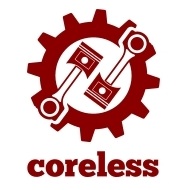Coreless Motor vs. Brushless Motor: Key Differences
Both coreless motors and brushless motors are widely used in various applications, but they differ significantly in structure, performance, and working principles. Below, we compare their key distinctions to help you understand their unique advantages.
1. Structural Differences
- Coreless Motor:
- Features a unique ironless rotor (also called a hollow-cup rotor).
- Eliminates eddy current losses caused by traditional iron-core rotors.
- Advantages: Lightweight, low inductance, fast response, high efficiency, compact size, and high torque-to-weight ratio.
- With advancements in radial magnet technology, coreless motors are gaining broader applications.
- Brushless Motor (BLDC):
- Consists of a motor body + electronic driver, making it a mechatronic system.
- Operates in a self-controlled manner, eliminating the need for additional startup windings (unlike synchronous motors in variable-frequency drives).
- More stable under sudden load changes, avoiding oscillation or loss of synchronization.
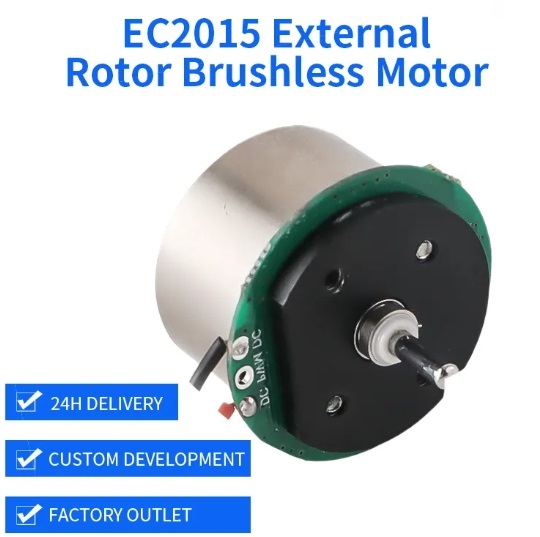
2. Performance & Applications
- Coreless Motors: Ideal for high-speed response, precision control, and portable devices (e.g., medical instruments, robotics, drones).
- Brushless Motors: Better suited for high-power, long-life, and high-efficiency applications (e.g., electric vehicles, industrial automation, HVAC systems).
Conclusion
While both motor types serve different purposes, coreless motors excel in lightweight, high-efficiency scenarios, whereas brushless motors are preferred for high-power, stable operation. Understanding these differences helps in selecting the right motor for your application.
Would you like a more detailed comparison on specific performance parameters?
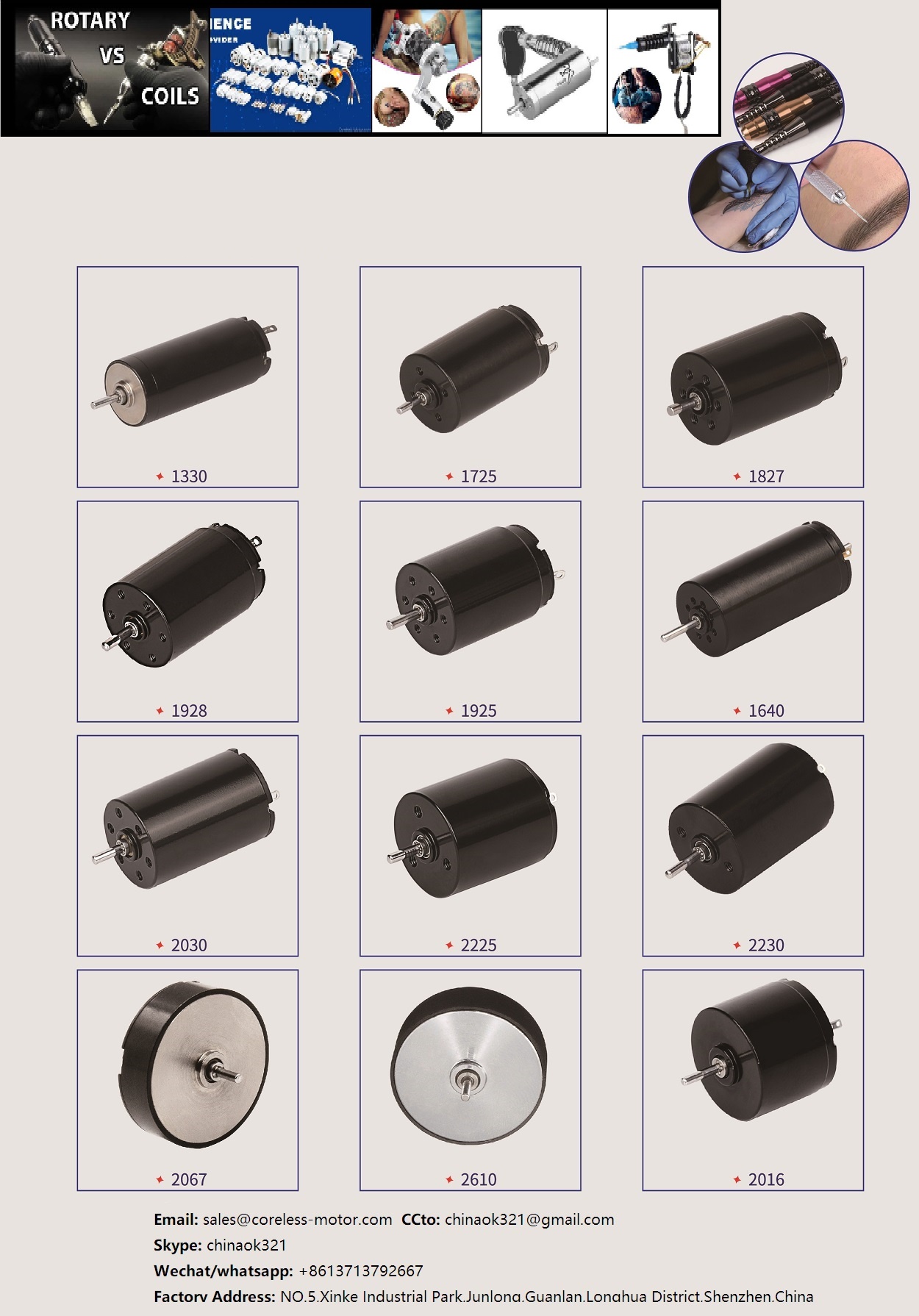 Maxon Faulhaber Motor DC Motor China Manufacturer Factory Coreless Brushless Motor Electric Micro Motor BLDC Flat Brush Motor
Maxon Faulhaber Motor DC Motor China Manufacturer Factory Coreless Brushless Motor Electric Micro Motor BLDC Flat Brush Motor
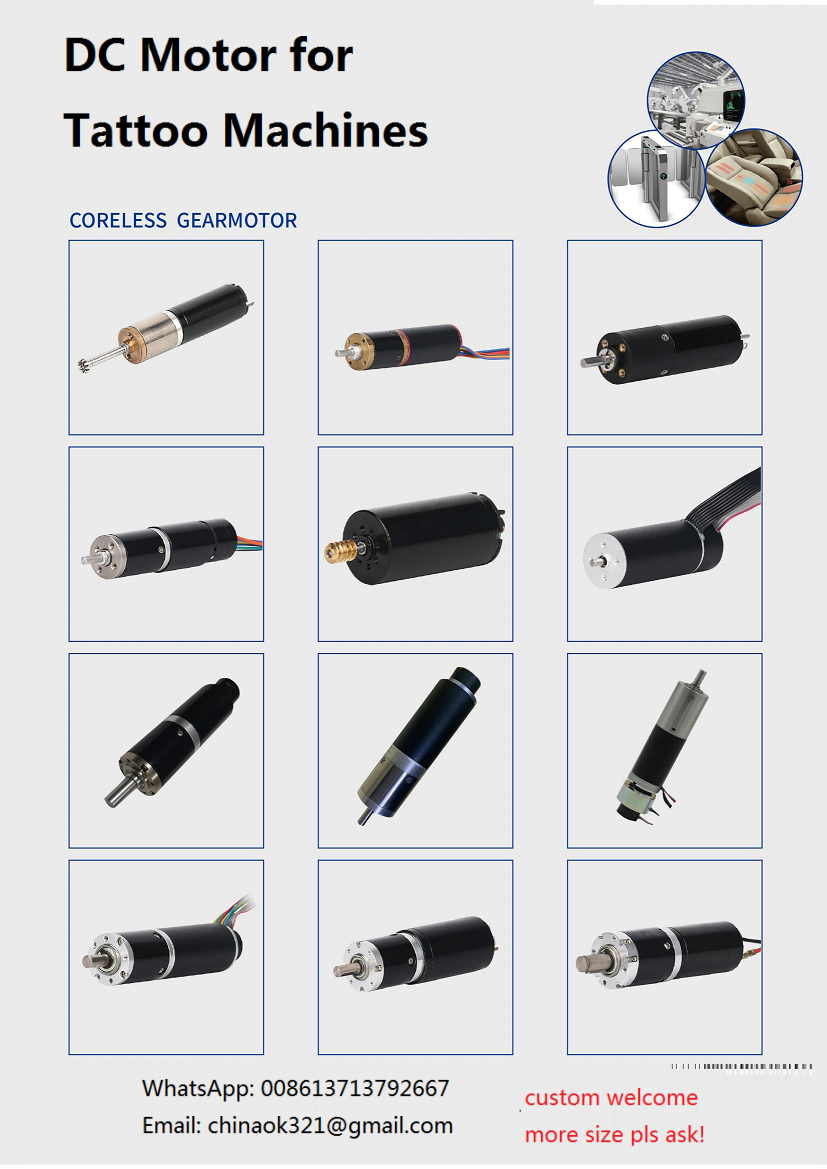

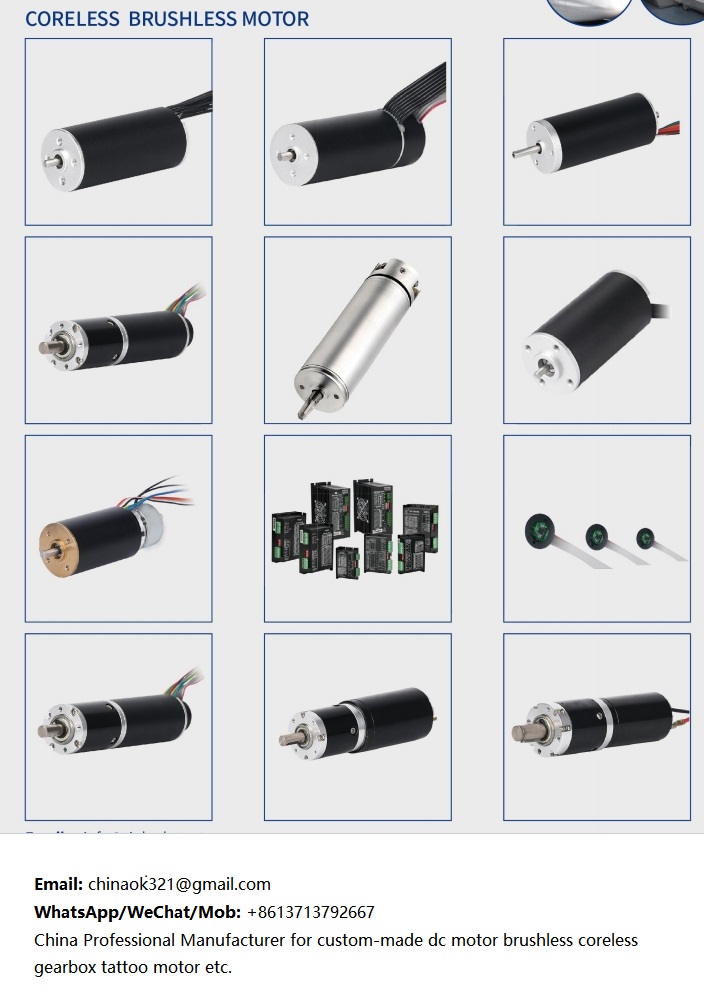
Are you looking for motors? Please write email to below manufacturer for your customized specification and get free samples. Email: chinaok321@gmail.com Mob/Wechat/Whatsapp: +8613713792667 Skype: chinaok321
Coreless Motor vs. Brushless Motor: Key Differences
